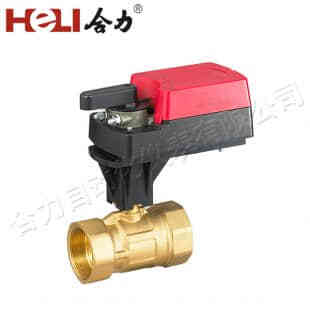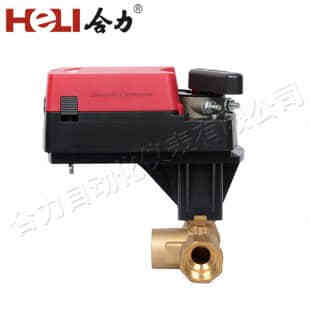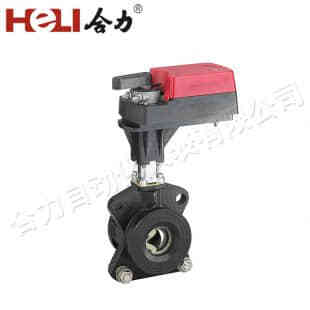Damper actuators are crucial components in modern heating, ventilation, and air conditioning (HVAC) systems. These devices are responsible for controlling the movement of dampers, which regulate airflow and help maintain optimal temperature and air quality in buildings. In this article, we will explore the role of damper actuators, how they work, the different types available, and their applications in various industries.

What is a Damper Actuator?

A damper actuator is an electrical or mechanical device used to control the opening and closing of a damper. A damper is a mechanical device that is installed in ductwork or ventilation systems to control the flow of air. The damper actuator operates the damper by receiving signals from a controller, which typically comes from the building’s HVAC system. These signals instruct the actuator to either open or close the damper, adjusting the airflow as needed. The purpose of the damper actuator is to provide precise control over air circulation within a building. By regulating airflow, it ensures that air is distributed efficiently, temperatures remain comfortable, and indoor air quality is maintained.
